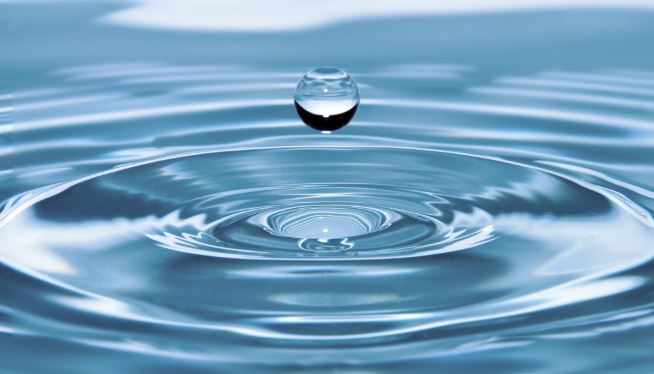Watering your lawn “the right way” is extremely important. Here is some valuable information you need to know…
When to Water…The best time for lawn irrigation is in the early morning hours. Watering during the day wastes water to excessive evaporation. Watering in late afternoon or late morning may be detrimental if it extends the time the lawn is naturally wet from dew. This extended “dew period” can accelerate disease occurrence. **Best between 5am-9am.
Signs your lawn needs more watering…
This can be determined by observing the grass for signs of water stress, which indicate that water lost in transpiration is not being replaced and the plant’s needs for water are not being met. The signs that you need to look for are:
• Leaf blades are folded in half lengthwise in an attempt to conserve water.
• The grass takes on a blue-gray tint rather than maintaining a green color.
• Footprints or tire tracks remain visible on the grass long after they are made.
How much to water… Florida soils are typically sandy and hold 1 inch of water in the top 12 inches of soil. If the roots are in the top 12 inches of soil and the soil is dry, then ½ to ¾ inch of water is required to wet the area thoroughly. Soil conditions will also influence water requirements. Sandy soils do not hold water for long and dry out faster than soils with more clay content. These lawns will generally require more frequent irrigations than those growing on less sandy soils. Many urban soils are compacted, which does not allow water to penetrate and may result in waterlogged conditions or standing water.
Watering uniformity…Even with a professionally installed system, it is important to check coverage regularly because heads may become clogged, damaged, or off-center, and leaks in the line may occur. An easy way to check the uniformity of your irrigation system is to place small, straight-sided cans in a straight line from your sprinkler to the edge of the watering pattern. Run the system for 15 minutes and check to see if you have about equal amounts of water in each can. If an area is not receiving water from one or more heads, or if a head is not providing complete coverage, dry spots can develop. This can lead to any of the problems associated with drought-stressed turf. While checking uniformity with the catch can method, you can also easily determine how long it takes your system to apply ½ to ¾ inch of water. Measure the amount of water in the cans after running the system for 15 minutes. If, after 15 minutes, you have ¼” of water, it would take 30 to 45 minutes to apply the correct amount of water through your irrigation system While checking for damaged sprinkler heads, replace any that are leaking or not providing uniform coverage. Also, check to ensure that valves open and close properly.
*Information from document ENH9, one of a series of the Environmental Horticulture Department, UF/IFAS Extension
